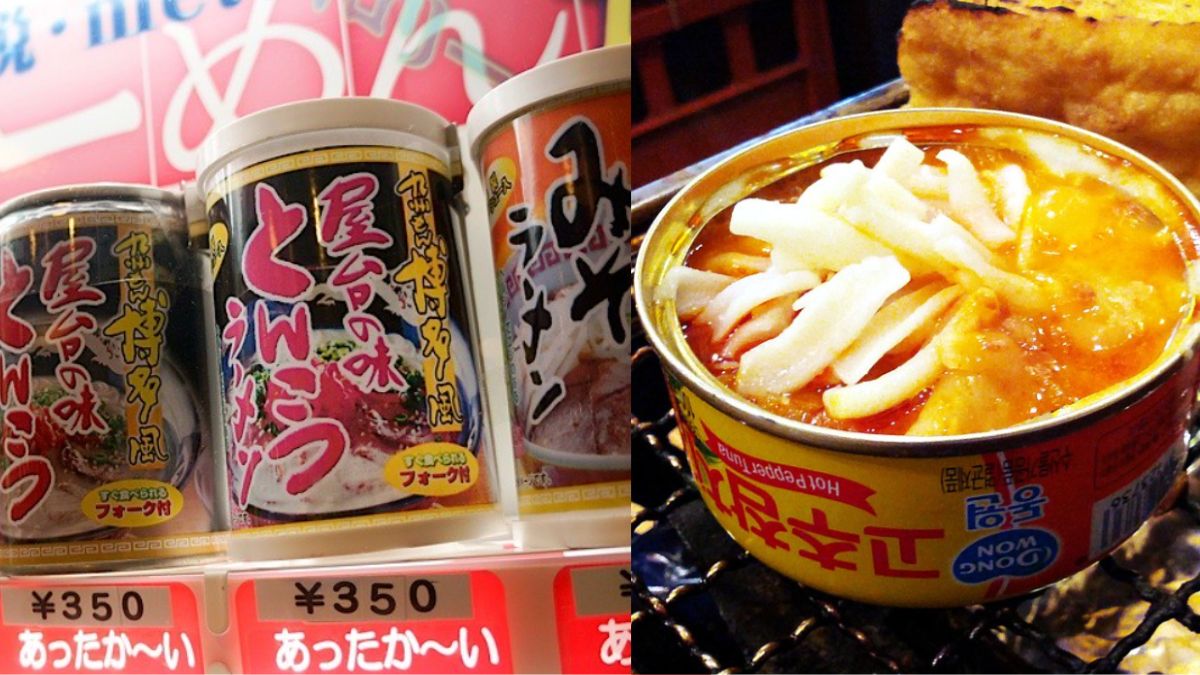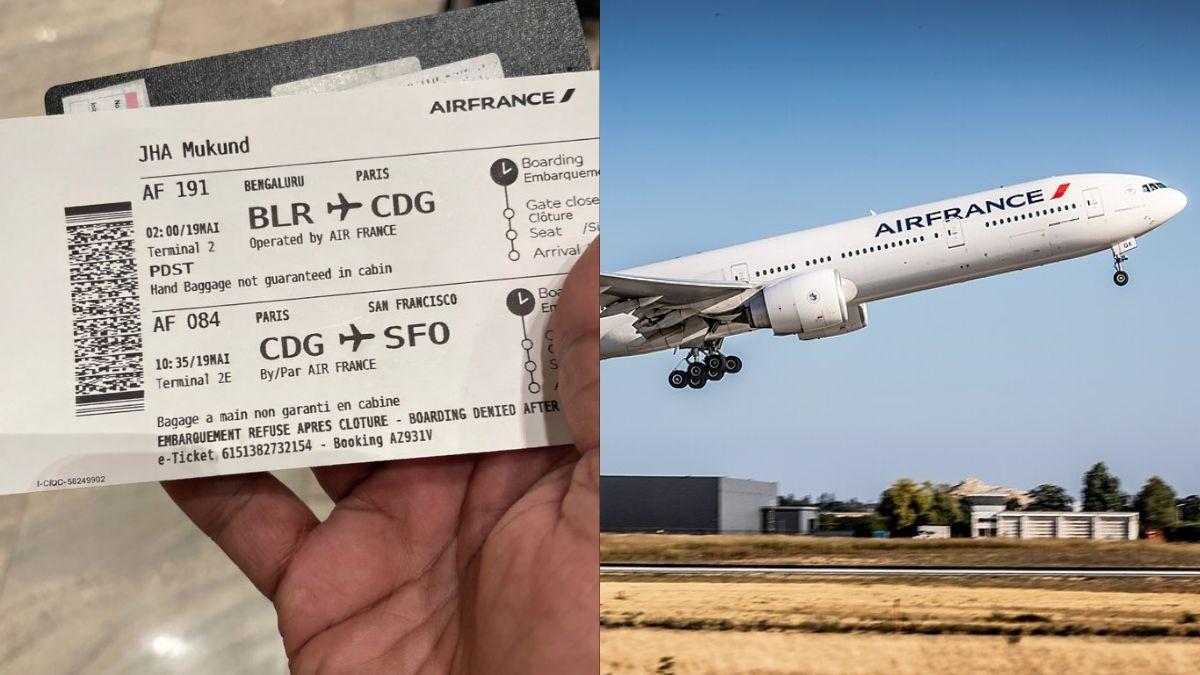Japan is particularly prone to natural disasters such as earthquakes, tsunamis, typhoons, and volcanic eruptions. Over centuries, this vulnerability has shaped the concept of disaster food.
What Is Japan’s Disaster Food?
in all seriousness i love canned bread !! in japan it’s a common emergency food and is often given to school kids on field trips to places like fire stations or when we’re studying natural disasters and we get to snack on them :DD pic.twitter.com/r44pWbyybE
— 綾佳姫 • 恋クビ連載決定おめでとう🎉‼️ (@clusterclump) November 29, 2021
Japan‘s disaster-prone area has shaped the country’s concept of disaster food. They are known variously as bōsaishoku (disaster-prevention food), bichikushoku (food reserves), hozonshoku (preserved food), and hijōshoku (emergency food). This diverse category of food is crucial for survival during emergencies.
The idea of disaster-prevention food has deep roots in Japanese history. Ancient Japan saw the development of preserved foods as a means to sustain life during times of scarcity. Traditional methods like drying, salting, and fermenting extend the shelf life of various foods. Over time, these practices evolved, incorporating modern technology and knowledge to create a more diverse and reliable stockpile of emergency food.
The meticulous preparation and preservation methods reflect Japan’s broader culinary ethos of respecting and maximising the use of natural resources. Moreover, the integration of these foods into daily life and cultural practices underscores a collective consciousness about preparedness and resilience.
Also Read: 8 Lesser-Known Places In Japan To Escape The Crowds And Experience Authentic Culture
What Are These Types Of Food?
With 5 million vending machines nationwide (that's 1 vending machine for every 23 people) and natural disasters commonplace, Japan has specialized vending machines that have a backup battery and dispense free drinks and food in the event of a major emergency. pic.twitter.com/h2c9iPGRBX
— I Can See Your Pixels (@icanseeyourpix_) March 10, 2021
Aligning with traditional Japanese food practices, certain disaster foods are prepared seasonally:
- Bōsaishoku (Disaster-Prevention Food) encompasses a wide range of foods designed to be consumed during disasters. These foods are often pre-cooked, packaged, and designed for long-term storage. Examples include canned goods, freeze-dried meals, and vacuum-sealed items.
- Bichikushoku (Food Reserves) refers to food reserves that households and communities store for future use. This category includes both commercially prepared and homemade preserved foods. Common items include rice, miso, canned fish, and dried seaweed.
- Hozonshoku ( Preserved Food) is a broader category that includes any food preserved for extended periods. Traditional Japanese methods such as pickling (tsukemono), fermenting (narezushi), and drying (hoshigaki) are commonly used.
- Hijōshoku ( Emergency Food) is specifically designed for use in immediate emergencies. These foods are often ready to eat, requiring little to no preparation. Examples include energy bars, canned soups, and instant noodles. Hijōshoku is typically lightweight, portable, and has a long shelf life.
The development of disaster food has also spurred culinary innovation. Modern freeze-drying and vacuum-sealing technologies have allowed for the creation of high-quality, shelf-stable meals. Japan’s disaster food remains a vital component of its comprehensive disaster preparedness strategy.
Cover image credits: Flickr
First Published: July 15, 2024 4:14 PM




